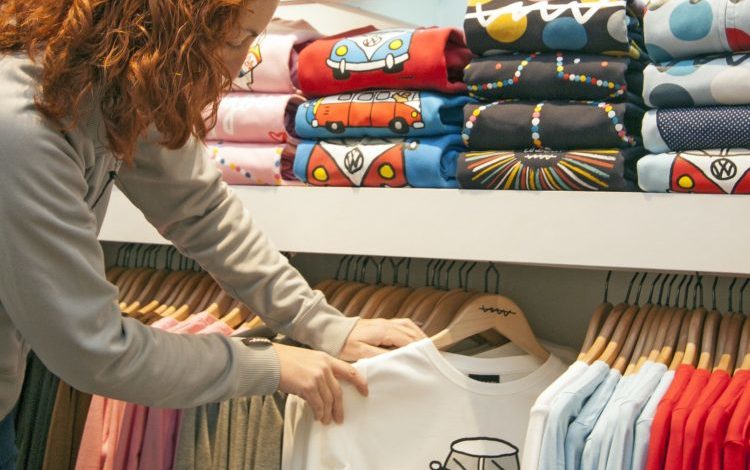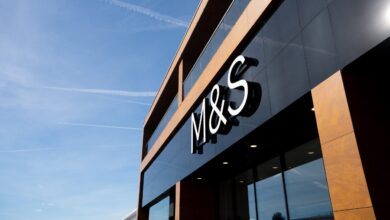Is your omnichannel strategy costing or saving you money?

Register to get 1 free article
Reveal the article below by registering for our email newsletter.
Want unlimited access? View Plans
Already have an account? Sign in
For retailers that operate both online and physical stores, an ongoing challenge is to find a way to compete directly with online-only competitors. The latter has increasingly been flexing their muscles as traditional High Street chains come under more and more financial pressure, leading to some high-profile collapses and reshuffles such as UK household names; House of Fraser, Maplin, Toys R Us and Mothercare.
Ultimately, creating a connected customer shopping experience through an omnichannel strategy can help retailers to generate heightened revenue from different sources and increase sales.
This has been supported by recent global industry research, which reveals that over two-thirds (73%) of retailers find that omnichannel strategies are profitable, despite some retailers using a multi-vendor approach to achieve this. The additional cost that such an approach may incur has been reflected in separate findings, which reveal that a similar percentage of retail CEOs believe that the cost of omnichannel fulfilment is going up.
Maximising omnichannel efficiency
These additional costs – as retailers strive to compete with online giants – will inevitably be passed onto the customer, which could have a negative impact. As a result, it’s crucial for retailers to consider how their omnichannel strategies may be significantly impacting their profitability.
With out-of-the-box packages available that offer an easy-to-implement, all-in-one solution, it’s possible for retailers to provide a truly connected customer experience, giving them a competitive advantage over their direct rivals, while saving money. This will be largely dependent on retailers maximising the efficiency of their supply chain partners, to facilitate seamless customer fulfilment.
With retail technologies developing at an unprecedented rate and with more engagement than ever, retailers can increase customer satisfaction through a variety of methods, such as global inventory management, product availability and fulfilment options, and in-store tooling. This will enable a retailers daily operations to be streamlined, maximising overall efficiency and making the customer journey as simple as possible.
In addition, the implementation of a single-platform returns solution, which makes it easy for customers to return products regardless of what channel they were purchased through, can present upselling and cross-selling opportunities should the product be returned in-store.
The power of personalisation
Research has shown that customers who engage with retailers across multiple channels and touchpoints are driving increased conversion rates, both online and offline, as customers have more than one channel to aid in their purchasing decisions.
Having knowledge of a customer’s online purchasing habits and what they have been viewing also empowers a retail staff to upsell higher value products, while enabling additional cross-selling opportunities when the customer is in the store. As a result, retailers must always be looking at how this approach can be tweaked, such as minimising the outlay in collecting, storing analysing and acting upon customer data, to turn this into real insights that provides the personalisation shoppers want.
This therefore places an additional emphasis on in-store staff performing to their absolute maximum. A personalised omnichannel strategy is only as good as an employee’s face-to-face interaction with the customer in-store; underutilised staff will be a significant drain on overall profitability.
Similarly, as online shopping platforms can be more challenging when offering a personalised experience, it is essential for retailers to provide a simple, easy-to-use solution that will encourage the completion of transactions.
Another example is offering relevant online and in-store inventory to customers, based on their location. Providing a real-time view of product availability – not only at their preferred store, but at different locations – will meet the customer’s requirement to have that product as soon as possible. This can include the implementation of a ‘Click and Collect’ feature, which is becoming increasingly common to meet customer requirements.
This level of personalisation may include partnering with third-party companies to store products for pickup, in a location closer to the customer’s home address than its existing store. Ultimately, retailers that try to facilitate this through personalisation will ultimately increase brand loyalty amongst consumers.
Ensuring omnichannel remains profitable
A retailer’s cross-supply chain arrangement may actually be prohibitively expensive and not providing a good return on investment. They must continuously be thinking of new and innovative ways of getting the product to the customer in the quickest and most convenient manner possible, but through a method which is financially sustainable.
Retailers should look to implement a solution that can enhance customer relationships and loyalty and drive increased sales, all while remaining profitable. This is increasingly difficult to do, however by not providing a personalised, connected shopping experience that makes the customer feel valued, customers will quickly disappear.
For an omnichannel strategy to result in increased sales – and greater profit – retailers must ensure they continuously review their omnichannel supply chain partnerships, especially in ‘customer-facing’ roles such as delivery partners and in the development of in-store staff. As the price of delivering customer fulfilment inevitably continues to rise, retailers will need to be increasingly adaptable and flexible in their approach.
Graham Jackson, CEO of Fluent Commerce, which empowers merchants to rapidly out-convenience the competition with orchestrated omni-channel software.







